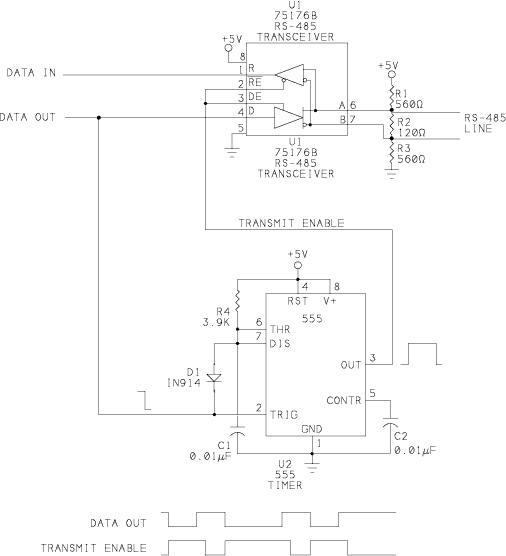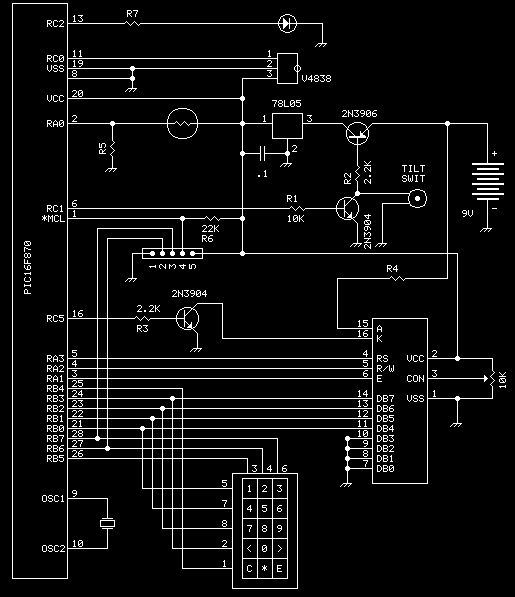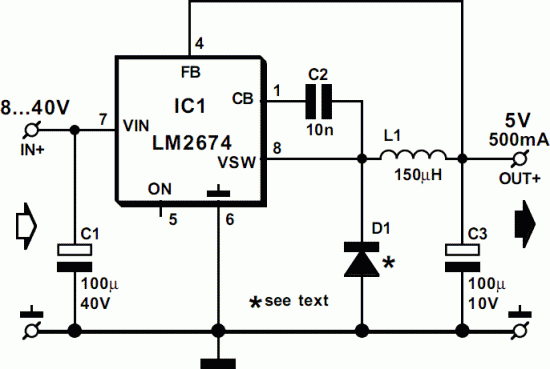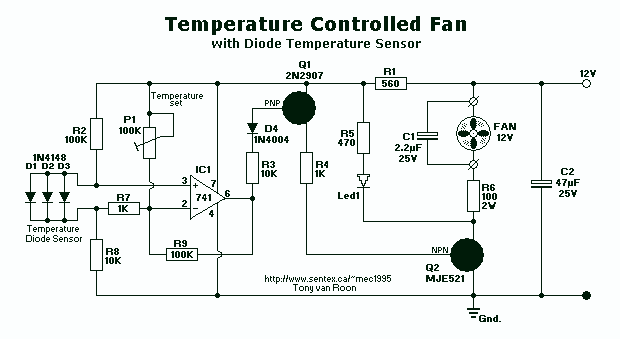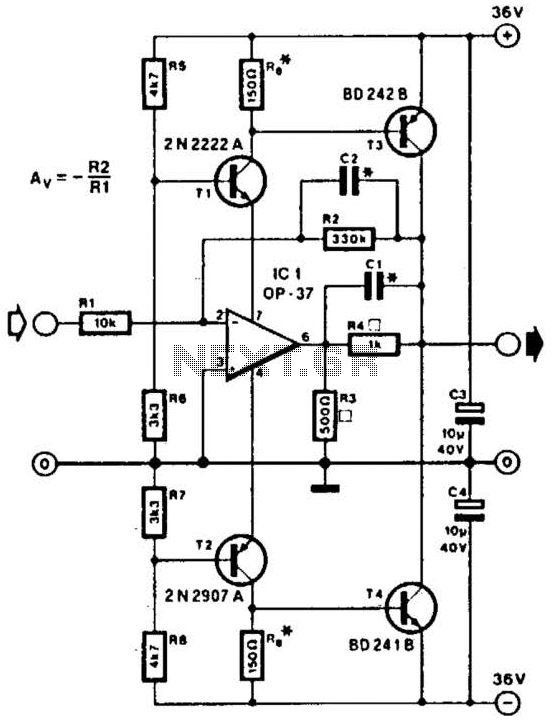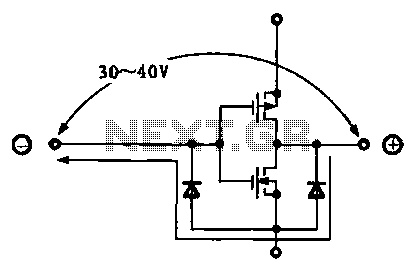
Radio remote control dimmer circuit
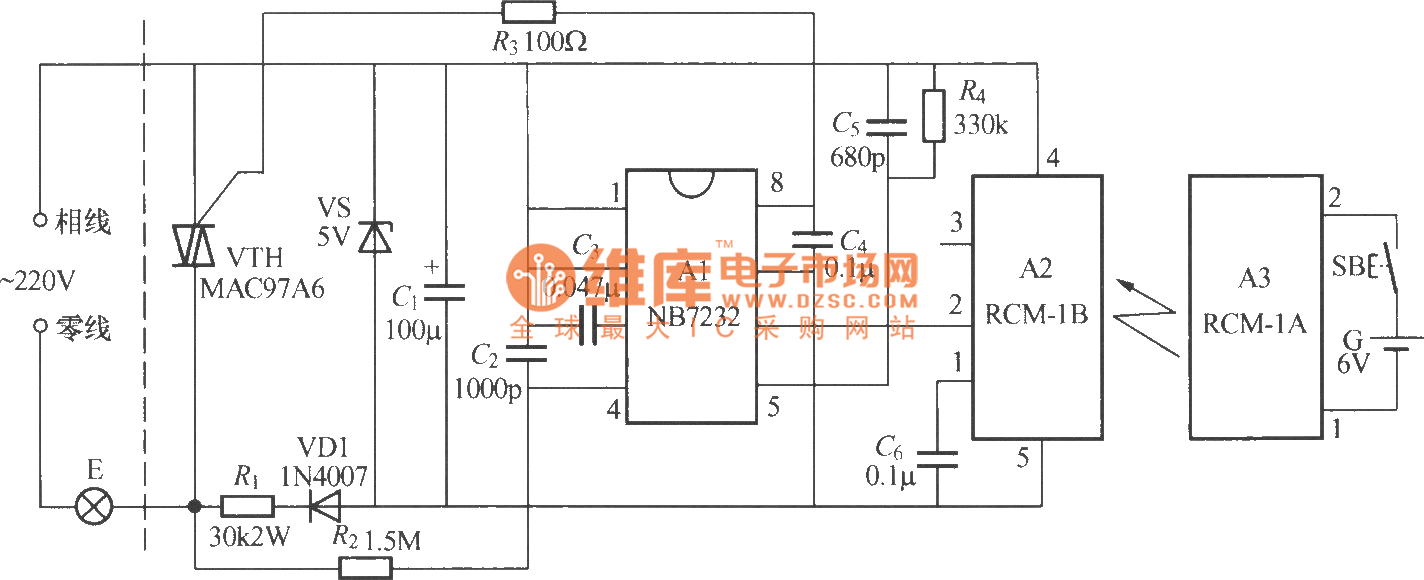
The diagram above illustrates a radio remote control dimmer circuit. This circuit utilizes a micro radio transmit/receive module in conjunction with a light modulation ASIC, resulting in a compact and easily producible design. It operates reliably and features a simple output configuration with only two wires, allowing for direct replacement of standard lighting systems.
The radio remote control dimmer circuit is designed to provide users with the convenience of remote operation while maintaining efficient control over lighting levels. The core components include a micro radio transmit/receive module, which facilitates wireless communication between the remote control and the dimmer. The light modulation ASIC plays a crucial role in adjusting the brightness of the connected lighting fixture based on the signals received from the remote control.
The circuit's simplicity is one of its key advantages, as it requires only two output wires, which significantly reduces installation complexity compared to traditional dimmer circuits that may require additional wiring for control signals. This two-wire system allows for seamless integration into existing lighting setups without the need for extensive modifications.
In terms of functionality, the remote control allows users to adjust the brightness of the lights from a distance, enhancing user convenience and comfort. The reliability of the circuit ensures consistent performance, making it suitable for various applications, including residential, commercial, and industrial lighting systems. The use of a micro radio module also minimizes interference and ensures stable communication, which is essential for effective dimming control.
Overall, the radio remote control dimmer circuit offers an innovative solution for modern lighting control, combining ease of use, reliability, and efficient design.As shown in the diagram above, it is a radio remote control dimmer circuit. The radio remote control dimmer circuit adopts micro radio transmit/receive module and light modulation ASIC. So the circuit is concise and easy to produce. It works reliably. And the whole switch has only two wires for output.It can directly use it to replace the ordinary lighting..
🔗 External reference
The radio remote control dimmer circuit is designed to provide users with the convenience of remote operation while maintaining efficient control over lighting levels. The core components include a micro radio transmit/receive module, which facilitates wireless communication between the remote control and the dimmer. The light modulation ASIC plays a crucial role in adjusting the brightness of the connected lighting fixture based on the signals received from the remote control.
The circuit's simplicity is one of its key advantages, as it requires only two output wires, which significantly reduces installation complexity compared to traditional dimmer circuits that may require additional wiring for control signals. This two-wire system allows for seamless integration into existing lighting setups without the need for extensive modifications.
In terms of functionality, the remote control allows users to adjust the brightness of the lights from a distance, enhancing user convenience and comfort. The reliability of the circuit ensures consistent performance, making it suitable for various applications, including residential, commercial, and industrial lighting systems. The use of a micro radio module also minimizes interference and ensures stable communication, which is essential for effective dimming control.
Overall, the radio remote control dimmer circuit offers an innovative solution for modern lighting control, combining ease of use, reliability, and efficient design.As shown in the diagram above, it is a radio remote control dimmer circuit. The radio remote control dimmer circuit adopts micro radio transmit/receive module and light modulation ASIC. So the circuit is concise and easy to produce. It works reliably. And the whole switch has only two wires for output.It can directly use it to replace the ordinary lighting..
🔗 External reference
